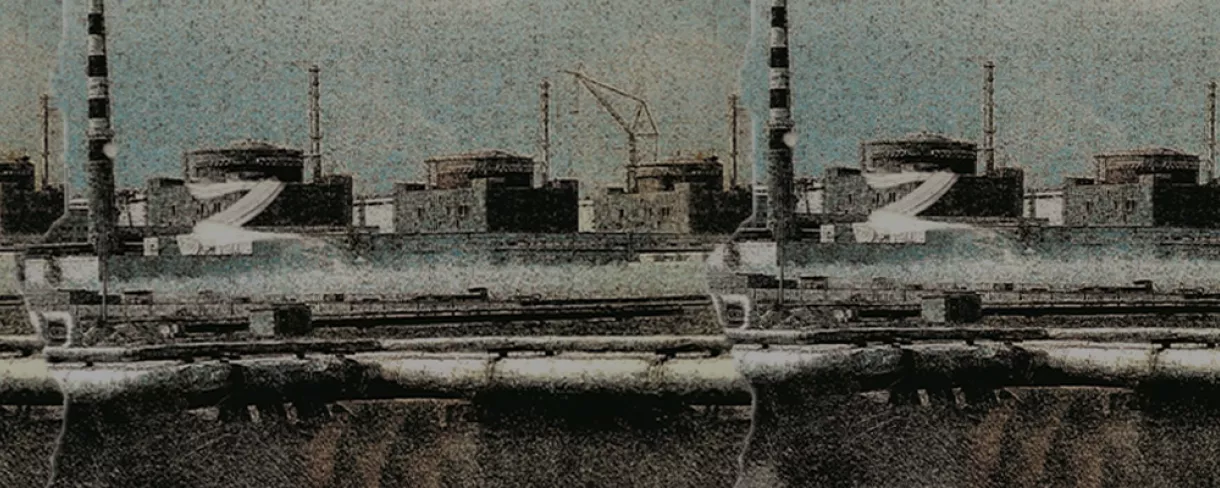Nuclear Power in East Asia – Trends and Debates

With Russia’s war against the Ukraine, interruptions of gas and oil supplies in Central Europe and escalating energy prices worldwide, dependence on fossil fuels turns out not only a major threat to global climate, but also for very immediate energy security concerns. Obviously, renewable energies form a core part of the answer to this challenge in most countries of the world. But expansion of renewables, while rapid, is not rapid enough. At the same time, without large-scale power storage capacity - rather than fossil gas backup - being available, the intermittency of solar and wind power continues to remain a challenge. It is in this context that old and new questions are being asked about the future of nuclear power.
In Germany, the phase-out of nuclear power, after some crisis-related postponement, is going to be finalised by 15 April 2023. However, in other countries and regions of the world the global energy crisis has led to perhaps unexpected rise of calls for the expansion of nuclear power. This is especially the case in East Asia, where nuclear power has been an important part of the energy mix over many decades.
China has consistently expanded the number of its nuclear power plants over recent years. Nuclear power plays a substantial part in South Korea’s energy mix, while different governments over the past decades have pursued “unstable” policies; at the same time, government and industry actors view nuclear as a viable opportunity for South Korea’s the export industry. Even in Japan, where much nuclear capacity was shut down after the 2011 Fukushima nuclear disaster, nuclear power plants are restarted and plans for the construction of new ones have been announced. In Taiwan, the declared phase-out from nuclear is being questioned in the midst of a manifest power supply crisis. All this is taking place in a socio-political environment where criticism of nuclear power exists (especially because of the nuclear waste disposal issue) but considerable parts of the populations view nuclear reactors basically as an acceptable form of electricity generation in an industrialized economy.
This dossier takes a number of snapshots into long-term trends in nuclear energy policy and the new debates around the issue since 2022 in different countries and territories in East Asia. Authors from the region discuss whether the announcements about expansion of nuclear power made in 2022-23 have substance and imply actual policy changes, perhaps even an about-turn in energy policy. They also ask what the policies towards nuclear power imply for the development of renewable energies and thus analyse the overall direction of the energy transition towards low-emission power in Asia.
The essays in this dossier represent the views and perspectives of their respective authors and not necessarily those of the Heinrich Böll Stiftung.
Articles
World Nuclear Industry Status Report 2022
#EnergyCrisis, Nuclear Renaissance? There are many plans but little implementation, long construction periods, rising costs, plus growing technical problems in existing nuclear plants. The World Nuclear Industry Status Report 2022 (WNISR2022) reviews nuclear power plant data, including information on operation, production, construction, and decommissioning, and compares the development of nuclear power and renewable energy globally.
"WNISRs are vital reality checks of the nuclear industry’s performance. Every yearly report is a barrier against utopian fantasies and wishful thinking, a tool to connect with reality." -- Prof. Aviel Verbruggen


